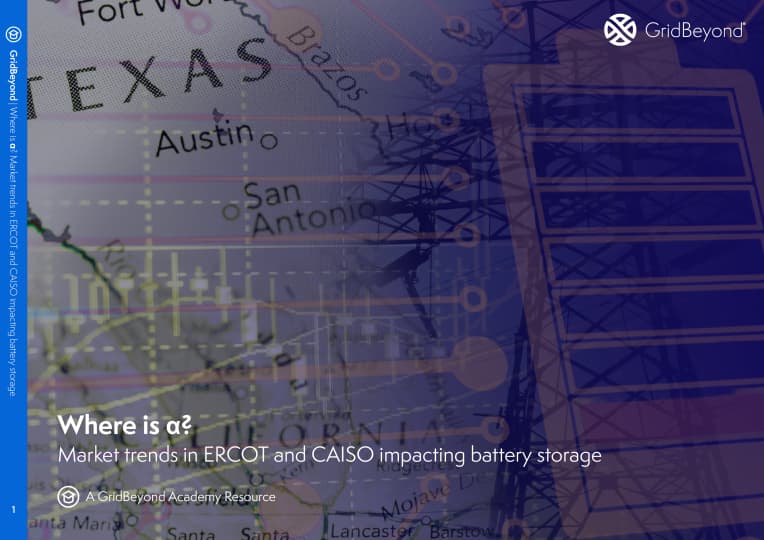Pennsylvania schools starting to prioritize solar energy

The amount of solar at K-12 schools in Pennsylvania doubled since 2020, according to a new statewide report on schools’ adoption of solar published by Generation180, a clean energy nonprofit — rising from 14.5 MW to nearly 29 MW in a two-year period. The report is also quick to note though, despite this growth and success, that’s still less than 2% of K-12 schools (108 total) in the state.
Key to the current momentum? Financing structures that allow districts to install solar at no upfront costs — 66% of these installed solar projects were financed through third-party ownership, power purchase agreements (PPAs). For students, this means the opportunity to learn about clean energy jobs, technology and environmental benefits. For schools, this means serious cost savings.
For example, Midd-West School District in Middleburg is 95% powered by solar and expects to reduce their electricity bill by $9 million over 40 years. Tamaqua Area School District in Schuylkill County powers 100% of its electricity consumption with a solar array situated on a former coal mine site. They anticipate energy cost savings of $11 million over the 40-year life expectancy of the solar panels.
“Solar is a huge win for Pennsylvania schools. Since schools can go solar without having to find the funds in their tight budgets, there is a tremendous opportunity for all schools across the Commonwealth to access the cost-saving, educational, and health benefits,” said Shannon Crooker, Pennsylvania Director, Generation180. “Every school district can do this, regardless of its size or wealth.“
That last note is also key. The report also found that third-party ownership enabled schools in under-resourced communities to overcome financial barriers and access the benefits of solar technology. Nearly two-thirds (61%) of Pennsylvania schools with solar are eligible for the Title I program, which provides federal financial assistance for schools with students from low-income families. For instance, Tamaqua Area School District and Steelton-Highspire School District are meeting all of their building electricity needs and saving millions in long-term energy costs with solar arrays installed at Title I schools.
“Going solar was a huge advantage for our district in that it made 95% of our energy costs a known fixed cost that won’t fluctuate based upon the market,” said Joe Stroup, Midd-West School District Superintendent. “The savings, previously budgeted for energy expenses, can be diverted to things directly related to meeting student needs.”
The report’s findings come as Pennsylvania utilities plan to raise electricity prices starting on June 1.

The state should consider the impact of boosting that overall number. If all Pennsylvania K-12 schools installed an average-sized solar array, they would eliminate carbon dioxide emissions each year equivalent to closing nearly 4 methane-fired power plants.
Generation180 recently expanded its Solar for All Schools campaign into Pennsylvania, where it will support schools as they switch to solar power, particularly in more under-resourced and disadvantaged communities. Generation180 provides technical assistance to school district staff and advocacy support to student and community advocates—individuals that play a crucial role in driving solar adoption at the school district-level.





Comments are closed here.